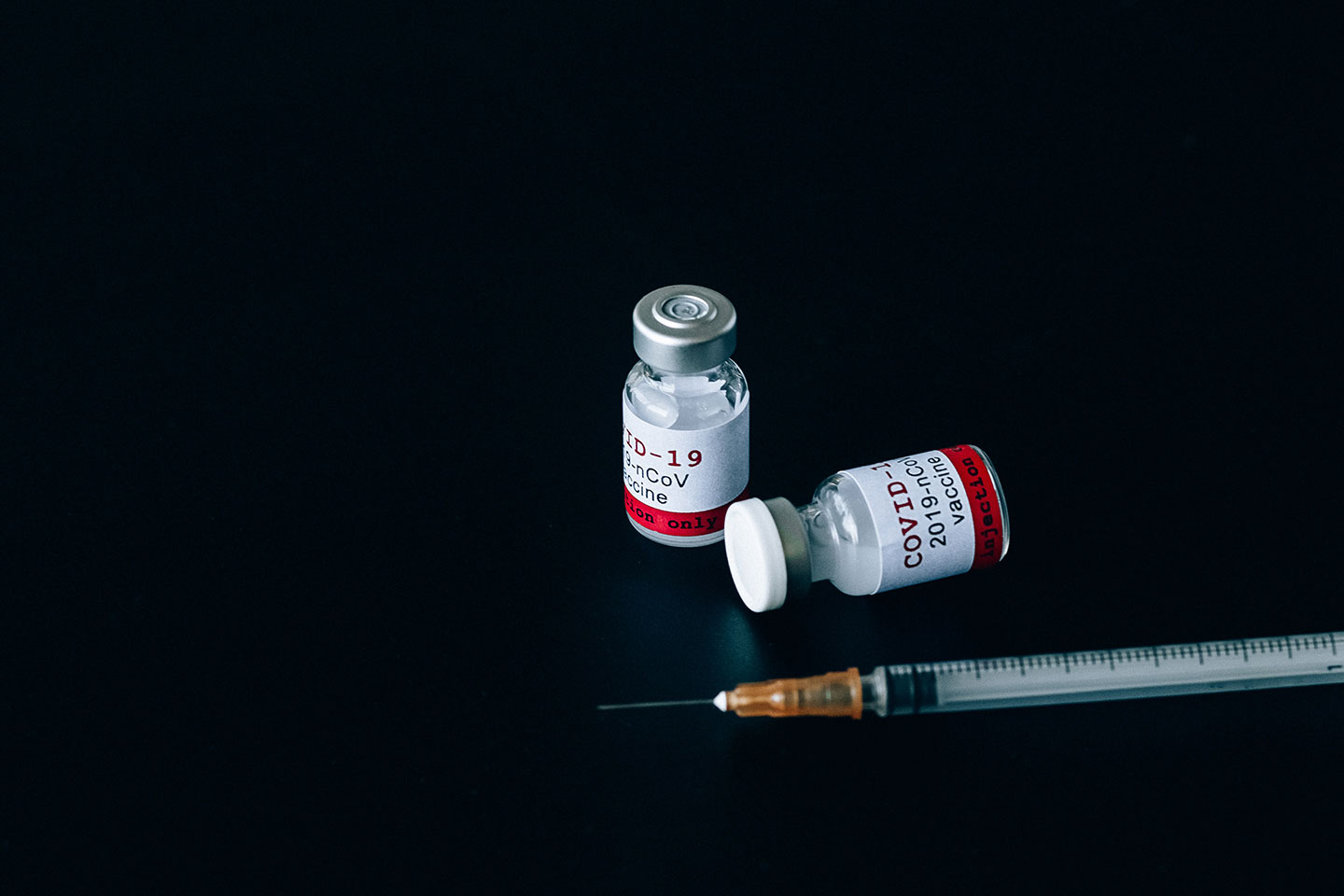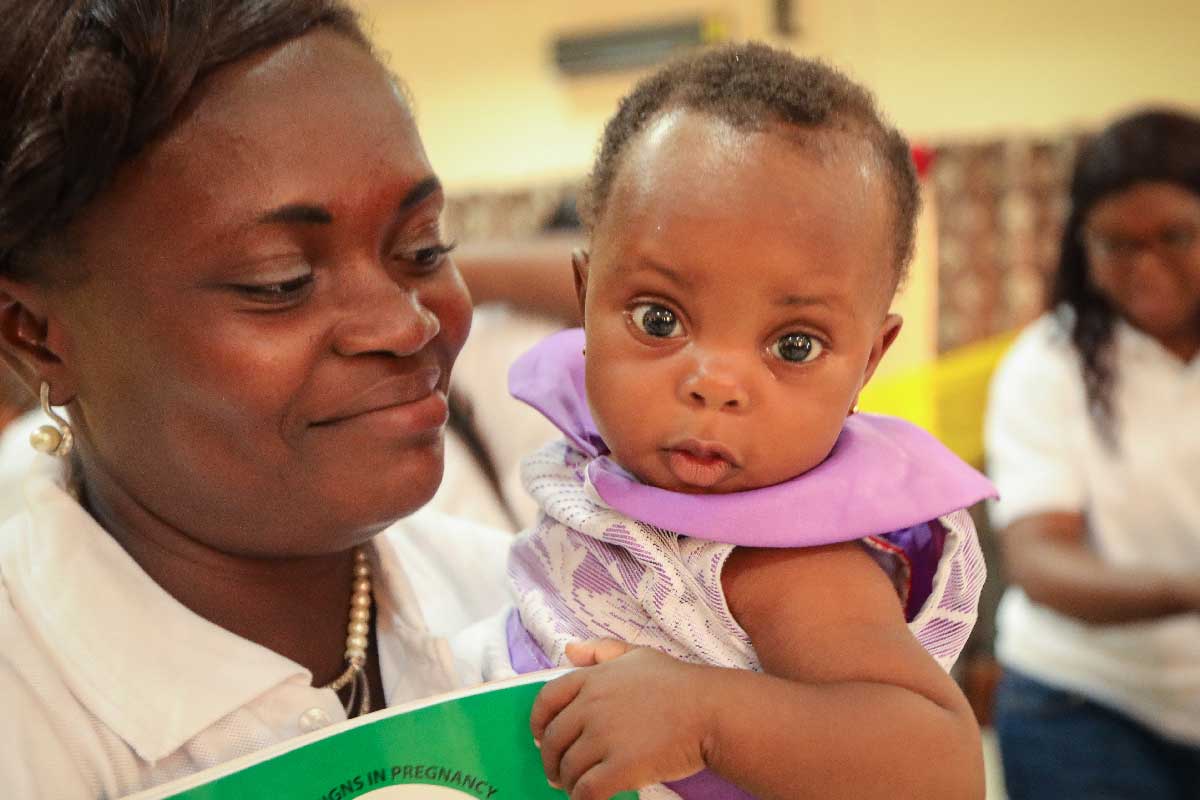COVID-19 ‘Vaccine for the World’ shows up to 90% efficacy
Interim analysis of the AstraZeneca/Oxford COVID-19 vaccine candidate – to which Gavi has secured access – suggests an efficacy of 62– 90%. Crucially, the vaccine can be administered and distributed using existing health care and supply chain setups, making it potentially more accessible to countries in the Global South.
- 23 November 2020
- 6 min read
- by Linda Geddes

Interim data from a large clinical trial of Oxford University and AstraZeneca's COVID-19 vaccine candidate suggests it may be up to 90% efficacious when delivered using a halved first dose, followed by a full second dose. By using less vaccine for the first doses, this regimen potentially means more people could be vaccinated sooner. Gavi has already secured access to 200 million doses of the vaccine, with the option to secure several times more. Some of the initial doses could be available by the end of 2020, subject to the vaccine obtaining full licensure or World Health Organization (WHO) prequalification.
How does the vaccine work?
The ChAdOx1 nCoV-19 vaccine is made from a weakened version of a chimpanzee adenovirus - a group of viruses that include those that cause the common cold. This virus has been modified so that it is impossible for it to replicate in humans, but also so that it contains the genetic instructions for making the SARS-CoV-2 spike protein. Once injected, the virus infects human cells and prompts them to manufacture the spike protein, triggering an immune response against it which protects against future infection with the virus. Clinical trials have been investigating various dosing regimens: a single full dose, two full doses, or a half dose followed by a full dose. Doing so may prime the immune system differently, altering how it may respond to live coronavirus the next time it encounters it.
What did the new trial show?
The interim results, from phase 3 clinical trials, involved more than 23,000 participants from the UK and Brazil. So far, 131 people enrolled in these trials have developed COVID-19 - mostly in groups who received the placebo, a dose of the MenACWY meningococcal conjugate vaccine followed by a dose of saline solution.
The vaccine showed an efficacy of 90% when it was delivered as a half dose, followed by a full dose at least one month later; or 62% efficacy when it was given as two full doses at least one month apart.
None of the participants who developed COVID-19 after receiving the candidate vaccine developed severe disease or required hospitalisation for their symptoms. There is also some preliminary data to suggest that the vaccine may reduce the rate of asymptomatic cases of COVID-19, based on weekly nose and throat swabs from trial participants. If confirmed, this could indicate that the vaccine is preventing transmission of SARS-CoV-2, as well as symptoms of the disease.
No serious safety events related to the vaccine have been identified so far. The new results follow the publication of phase 2 trial results in The Lancet last week, suggesting that the vaccine is safe and provokes a similar immune response in old and young adults (including those aged over 70). However, we don’t yet know how long protection against SARS-CoV-2 will last.
Have you read?
How does this compare to the Pfizer and Moderna vaccine trial data?
Recently announced phase 3 trial data from their vaccine candidates suggest an efficacy of 95% for the Pfizer/BioNTech vaccine and 94.5% for the Moderna vaccine. However, it is impossible to directly compare the different vaccines at this stage, because we don’t know the full details of how COVID-19 disease was measured in each of the different trials. For instance, a vaccine could appear more efficacious if a trial was only counting people who were hospitalised as having “severe COVID-19 disease”, rather than also including those who were self-managing their symptoms at home. A clearer picture should emerge once full details of the clinical trials are published in peer reviewed journals.
What does this mean for countries in the Global South?
Oxford University and AstraZeneca have committed to permanently provide the vaccine on a not-for-profit basis to low- and middle-income countries, and to higher income countries for the duration of the pandemic.
In addition to its own manufacturing plants, AstraZeneca has developed agreements with partner manufacturers in ten different countries to ensure global supply of the vaccine, with three billion doses expected to be available by the end of 2021.
It was also the first manufacturer to sign up to COVAX - the effort led by Gavi, the Coalition for Epidemic Preparedness Innovations (CEPI) and the WHO, to ensure equitable access to COVID-19 vaccines worldwide. As part of a memorandum of understanding signed in June, AstraZeneca will guarantee up to 300 million doses of its vaccine, supplied upon licensure or WHO prequalification, to the 188 economies now participating in this global scheme. Assuming the vaccine is approved, this should allow it to be deployed very rapidly - particularly if only a half dose is required for the initial shot. Pam Cheng, AstraZeneca’s Vice President of Operations, said the company could dispatch either full vials or half vials of vaccine with no significant impact on the supply chain either way.
A further agreement between Gavi, the Serum Institute of India and the Bill & Melinda Gates Foundation could secure up to 200 million vaccine doses of either the AstraZeneca vaccine or one being developed by Novavax for lower-income countries at a ceiling price of US$ 3 per dose - with an option to secure several times this amount, if the COVAX Facility sees a need for it.
Importantly, adenovirus vaccines are relatively stable, and can be transported and stored at domestic fridge temperatures of 2-8 degrees C. This means that the vaccine could be distributed using existing cold chains, and delivered alongside routine vaccination programmes, for example, at doctor’s surgeries, health clinics and local pharmacies, rather than requiring specialist storage facilities.
What happens next?
These interim results will now be submitted, alongside safety data, to regulators across the world for independent scrutiny and product approval. AstraZeneca has already indicated that it will seek an Emergency Use Listing from the WHO, which would accelerate access to the vaccine in low-income countries.
Meanwhile, the clinical trial participants will continue to be monitored, generating further data on vaccine efficacy and the duration of protection as the pandemic continues. Additional trials of the vaccine are underway in the United States, Kenya, Japan and India, with around 60,000 participants expected to have been enrolled by the end of the year.








